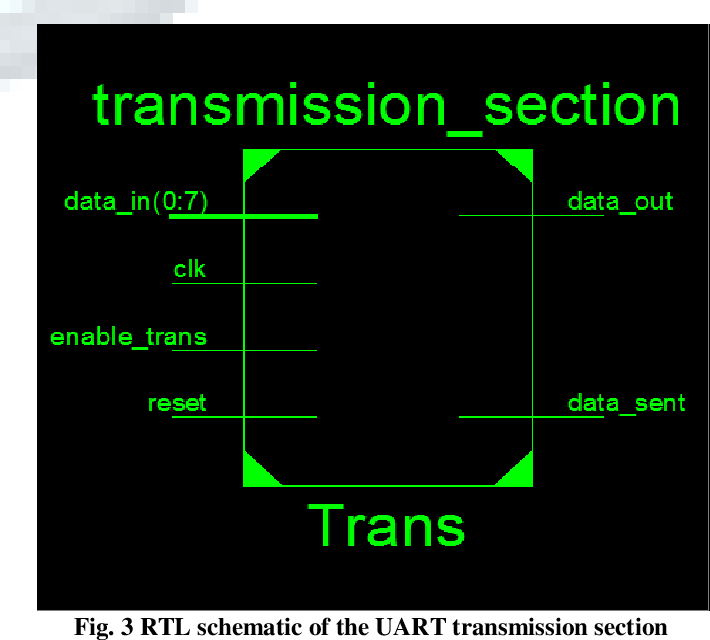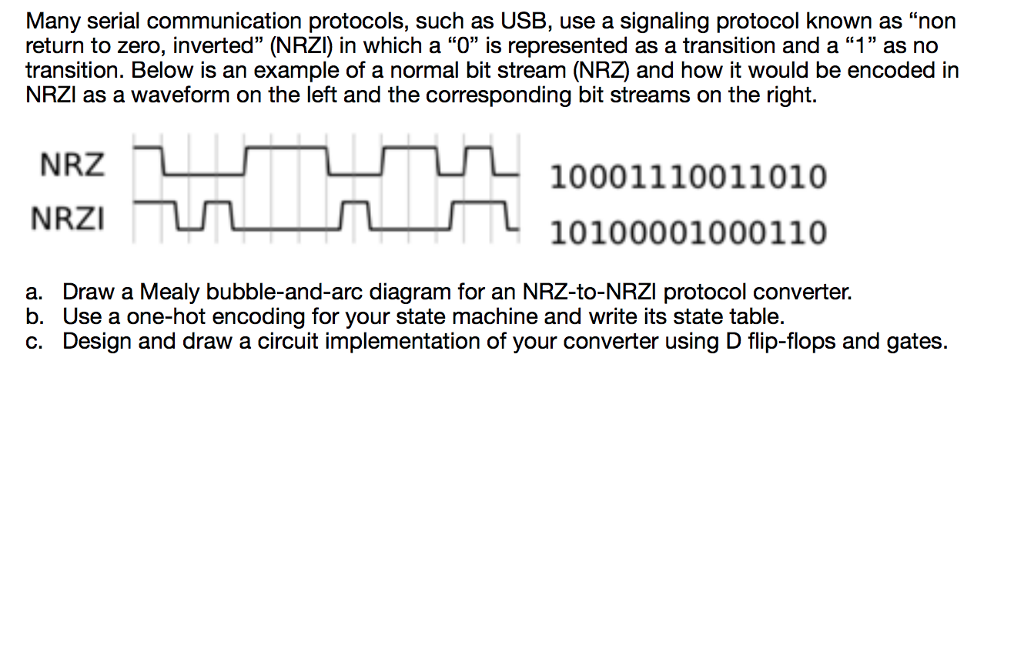

- #Serial communication protocol design how to
- #Serial communication protocol design serial
- #Serial communication protocol design series
Because there is no reference ground in a differential pair, the CAN bus voltage is measured from the difference between the paired differential transmission lines. This is because the two signal wires are kept very close to each other, so when the electromagnetic interference affects one transmission line, it will equally affect the other. Simple CAN wiring example with 120 Ω termination resistors at the endsĪ differential pair transmission line is much more robust and immune from environmental interference and noise. 120 Ω termination resistors are used at each end of the differential lines, as shown in the circuit diagram below. Flexible Data Rate - 15 Mbps data rate and 10 meters maximum bus lengthĬAN bus uses differential transmission lines and therefore does not require a ground connection.High Speed (or Hi-Speed) - 1 Mbps data rate and 40 meters maximum bus length.

Low Speed - 125 kbps data rate and 500 meters maximum bus length.There are three different speed types for CAN buses, which are: Also, the nodes determine each message’s priority if several messages are sent at the same time.
#Serial communication protocol design how to
In a CAN bus, a transmitting device sends a message to all the CAN nodes, and each node decides how to react to the received message. CAN 2.0B - Uses a 29-bit Message Identifier.CAN 2.0A – Uses an 11-bit Message Identifier.

There are several versions of CAN bus in use today, which include: All the messages are divided into a range of priorities. CAN network has no addressing system and instead uses a prioritized message system. This means that all the CAN devices can transmit data, and several CAN devices can request the use of the bus simultaneously. CAN was developed by Bosh with its primary application being for automotive applications, but it is now also in many industrial automation and control applications.ĬAN is a multi-master, message-based protocol. The bus can operate at data rates of up to 1 Mbps and has excellent error detection and correction capabilities.
#Serial communication protocol design serial
CAN is often used to provide communications between devices in vehicles, like engine management systems, active suspension, ABS, gear shift control, lighting control, air conditioning, airbags, central locking system, and other systems found in a vehicle.ĬAN is a high integrity serial data communication bus ideal for real-time applications. CAN BusĬAN stands for Controller Area Network and is a communication protocol used by various electronic devices. We aim to help you choose the best option for your circumstances. We hope this resource will prove invaluable on the next occasion when you find yourself implementing a serial communication bus as part of your design.
#Serial communication protocol design series
This article is part of the series Serial Communication Protocols. In this article, we will be looking at the popular CAN and LIN protocols together.


 0 kommentar(er)
0 kommentar(er)
